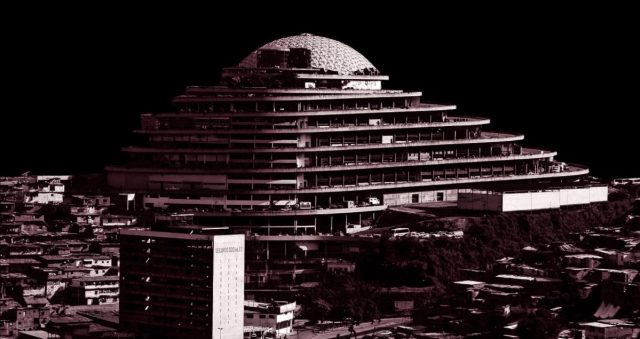
What’s the United Nations Human Rights Council report saying on torture and denigrating treatment of female dissidents in Venezuela? Something not easy to read, but necessary to know.
By Caracas Chronicle – Betilde Muñoz-Pogossian
Sep 21, 2020
We felt a little bit of justice on September 16, 2020, when the United Nations Human Rights Council shared the contents of the Independent International Fact-Finding Mission on the Bolivarian Republic of Venezuela report.
The conclusion? There’s enough evidence to confirm that government agents, as well as the irregulars colectivos, the Bolivarian militia and other groups connected to the regime committed “egregious violations” of human rights, including systematic and widespread courses of conduct amounting to crimes against humanity.
And what’s being done to women is despicable.
Women suffered what most torturers generally use against them: threats of sexual assaults, sexual mutilation, assaults and harassment, and threats to their family members. They were also forced to listen to the torture of other detainees.
In El Helicoide (a facility of the Bolivarian National Intelligence Service, SEBIN), female prisoners were in a cell directly above the space intelligence officers were using to torture detainees. Women could hear, and can now account for, the different torture techniques used by SEBIN officers: beatings, electric shocks and the choking of people with plastic bags. The report refers to a 2015 incident in which a woman was repeatedly raped by SEBIN officers in that office, while the rest of the female detainees could hear. As asserted by one of those listeners, “to hear a woman being raped was like a torture for the rest of the women in the cell.”
To hear a woman being raped was like a torture for the rest of the women in the cell.
The report cites these cases of violence against women, but highlights that of a pregnant detainee who had a miscarriage due to the violent nature of the acts against her, with no one providing her with medical assistance. Even after both her and her boyfriend had reported she was in the first trimester of her pregnancy, the Military Intelligence (DGCIM) officers brutally beat her and asphyxiated her to the point of unconsciousness.
The OAS Secretary General had called on some of this before. So did the Report of the General Secretariat of the OAS and the Panel of Independent International Experts on the Possible Commission of Crimes against Humanity in Venezuela of May 30, 2018. The OAS even documented the chain of command for these crimes:
- 11 officials for their immediate political responsibility
- 146 subordinates for executing orders
The UNHRC report describes acts of torture, cruel and inhuman and degrading treatment conducted by intelligence agencies which subjected dissidents (both men and women) to “sexual violence, including rape with body parts or objects and threats to rape either the detainee or the detainee’s loved ones, forced nudity, as well as beatings and electric shocks to the genitals.”
The report also confirms that SEBIN and DGCIM facilities had terrible conditions for all detainees, but for women it was especially hard. In the case of El Helicoide, the report indicates that, at times, 30 women were kept in cells with no access to drinking water. When there was access to water, “the first access was given to men.” This was especially difficult since women, by their own biology, need more access to the bathroom than men, in more hygienic conditions (due to menstruation, for instance). Female detainees were also given less access to the sun, and physical activity, as compared to men.
…